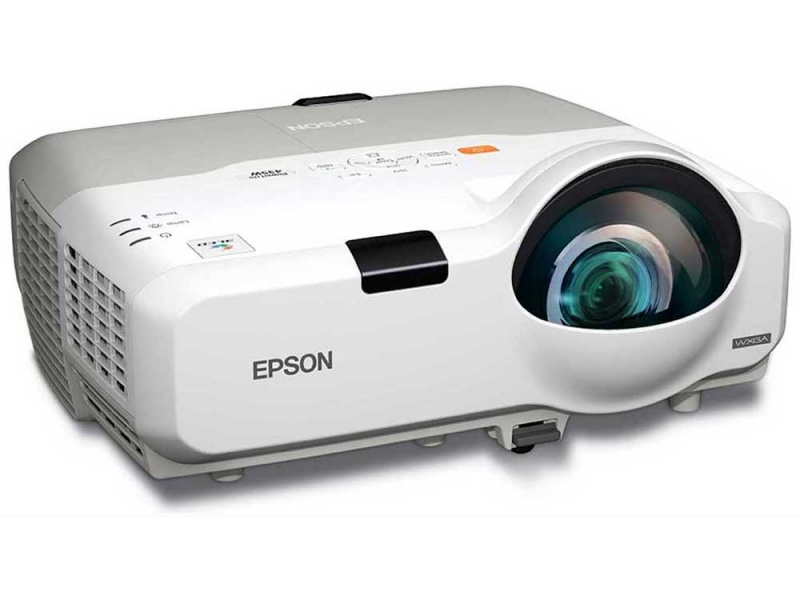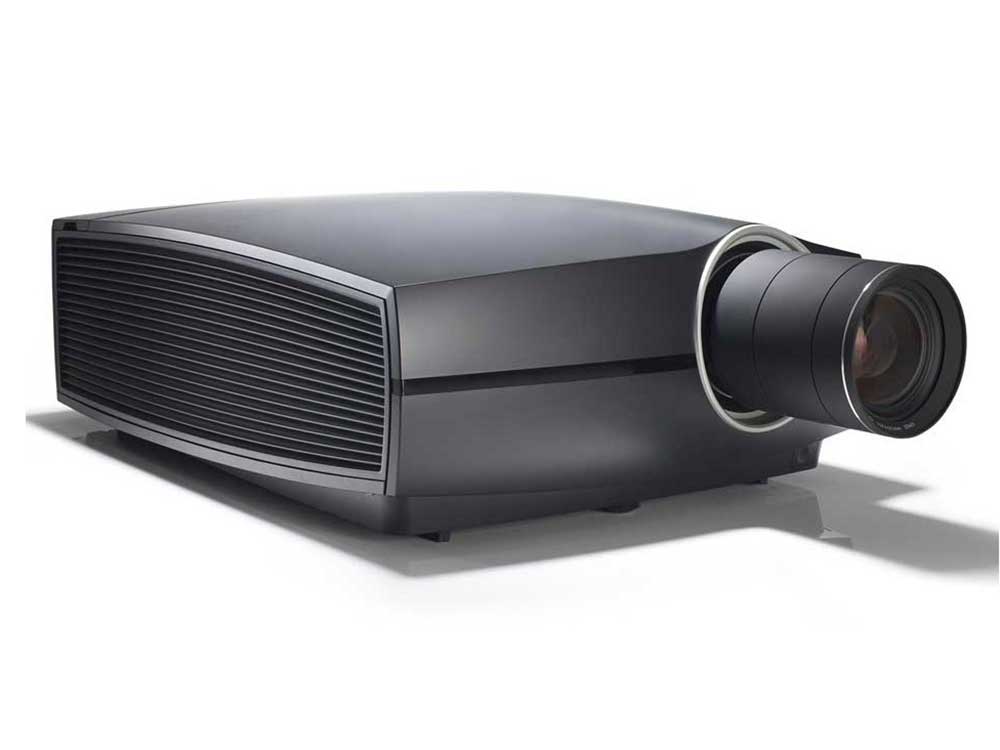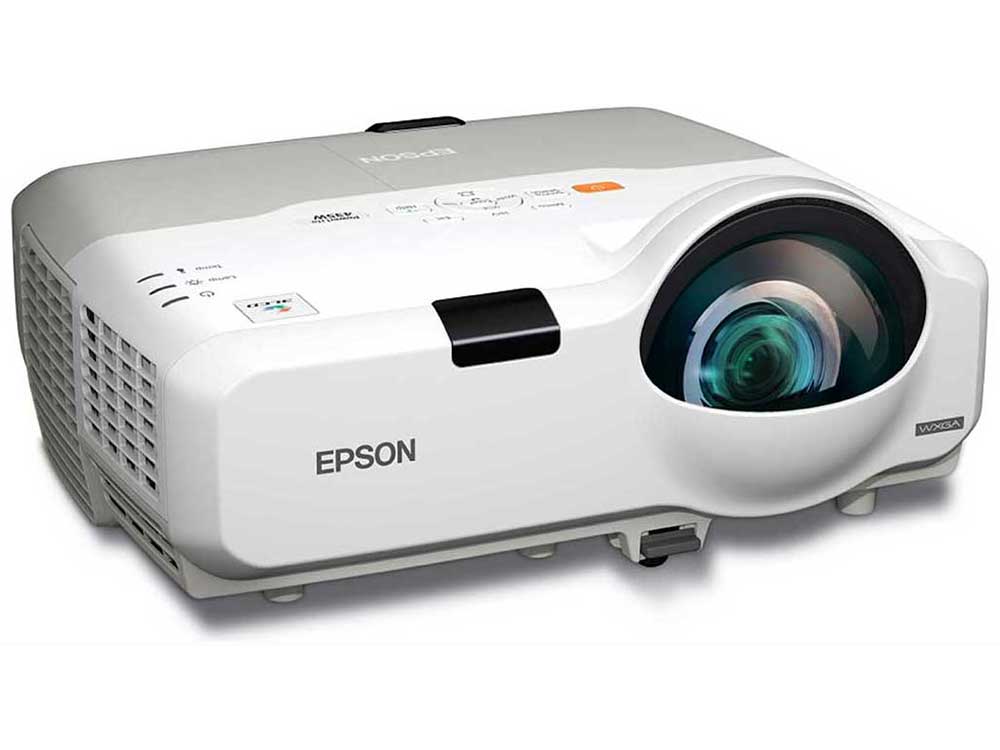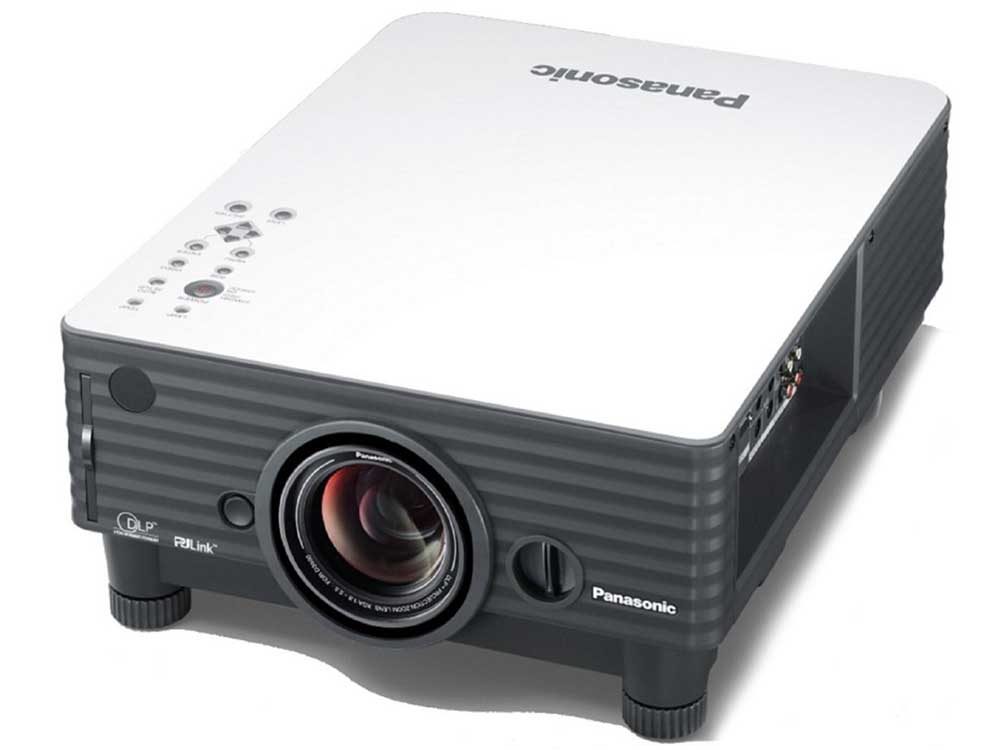Svga vs wxga vs xga
27 October 2023

|
SVGA, or Super Video Graphics Array, is a lower resolution option that is commonly used for presentations and basic office applications. WXGA, or Wide Extended Graphics Array, provides a step up in image quality and is often preferred for multimedia and gaming purposes. XGA, or Extended Graphics Array, offers the highest resolution of the three and is ideal for professionals requiring precise details in their work. By understanding the differences between SVGA, WXGA, and XGA, you can select the resolution that best suits your display needs. Stick around as we dive deep into each resolution and help you choose the perfect option for your next display. Understanding display resolutions Display resolutions refer to the number of pixels contained on a screen. This measurement determines the level of detail and clarity that can be displayed. The higher the resolution, the more pixels are present, resulting in a sharper and more detailed image. In contrast, lower resolutions have fewer pixels and may appear more pixelated or less detailed. Different display resolutions are suitable for different purposes. For instance, a higher resolution may be necessary for tasks that require precise detail, such as graphic design or video editing. On the other hand, lower resolutions may be sufficient for general office work or basic web browsing. When considering display resolutions, it's important to note that compatibility can also play a role. Some older devices or applications may not support higher resolutions, leading to compatibility issues. Therefore, it's essential to take into account the devices and software you plan to use with your display. Now that we have a basic understanding of display resolutions, let's delve into the specifics of SVGA, WXGA, and XGA. |
 |
|
SVGA (Super Video Graphics Array) resolution SVGA, or Super Video Graphics Array, is a widely used resolution that offers a balance between image quality and affordability. It has a resolution of 800x600 pixels, which means the screen is composed of 800 columns and 600 rows of pixels. While SVGA may not offer the highest level of detail, it is suitable for many everyday tasks. This resolution is commonly used for presentations, basic office applications, and web browsing. It provides a clear image that is easy to read and work with, making it ideal for tasks that do not require intricate details. One advantage of SVGA is its compatibility with older devices and software. Since it is a lower resolution, it is more likely to be supported by older systems that may not have the processing power to handle higher resolutions. If you have an older computer or plan to use older software, SVGA may be the best option for you. However, it's important to note that SVGA may not be the best choice for tasks that require high-definition graphics or detailed visuals. If you are a graphic designer, video editor, or gamer, you may want to consider a higher resolution such as WXGA or XGA. WXGA (Wide Extended Graphics Array) resolution WXGA, or Wide Extended Graphics Array, is a step up from SVGA in terms of image quality and detail. It has a resolution of 1280x800 pixels, providing a wider screen and more pixels than SVGA. This higher resolution makes WXGA suitable for multimedia purposes such as watching movies, editing photos, and playing games. The increased number of pixels allows for sharper images and more detailed visuals, enhancing the overall viewing experience. WXGA is also a popular choice for laptops and portable devices due to its widescreen aspect ratio. The wider screen allows for better multitasking and increased productivity, making it ideal for professionals who require a larger workspace. While WXGA offers improved image quality, it may not be necessary for everyone. If you primarily use your display for basic office applications or web browsing, SVGA may still be sufficient for your needs. However, if you value better image quality and plan to engage in multimedia activities, WXGA is a great option to consider. |
 |
|
XGA (Extended Graphics Array) resolution XGA, or Extended Graphics Array, is the highest resolution among the three options we are discussing. It has a resolution of 1024x768 pixels, providing even more detail and clarity than SVGA and WXGA. This resolution is commonly used by professionals in fields that require precise details, such as graphic design, architecture, and engineering. XGA allows for more accurate representation of images, making it easier to work with intricate designs and fine lines. In addition to professionals, XGA may also appeal to individuals who enjoy gaming or watching high-definition content. The increased number of pixels results in sharper images and more vibrant colors, enhancing the overall visual experience. While XGA offers impressive image quality, it does come with a higher price tag. Displays with XGA resolution tend to be more expensive than those with SVGA or WXGA resolutions. Therefore, if you do not require the level of detail provided by XGA, it may be more cost-effective to opt for a lower resolution. Factors to consider when choosing a display resolution When choosing the right display resolution, there are several factors to consider. These include: Intended use: Determine how you plan to use your display. If you primarily engage in basic office applications or web browsing, a lower resolution such as SVGA may be sufficient. However, if you engage in graphic design, gaming, or multimedia activities, a higher resolution such as WXGA or XGA may be more suitable. Budget: Consider your budget when selecting a display resolution. Higher resolutions often come with a higher price tag. Assess how much you are willing to spend and find a resolution that fits within your budget. Compatibility: Check the compatibility of the resolution with your devices and software. Older systems or applications may not support higher resolutions, leading to compatibility issues. Ensure that your devices and software can handle the resolution you choose. Image quality: Assess the level of image quality you require. If you work with intricate designs or require precise details, a higher resolution such as XGA may be necessary. However, if you primarily engage in basic tasks, a lower resolution such as SVGA may be sufficient. Future-proofing: Consider future-proofing your display by opting for a higher resolution. Technology is constantly evolving, and higher resolutions may become the standard in the future. By choosing a higher resolution now, you can ensure that your display remains relevant for a longer period. Best resolutions for different display needs - gaming, multimedia, business, etc. Now that we have explored the differences between SVGA, WXGA, and XGA, let's discuss the best resolutions for different display needs. Gaming: For an immersive gaming experience with detailed graphics, a higher resolution such as WXGA or XGA is recommended. These resolutions provide sharper images and more vibrant colors, enhancing the overall gaming experience. Multimedia: If you enjoy watching movies, editing photos, or engaging in other multimedia activities, WXGA is a great option. The higher resolution allows for sharper images and more detailed visuals, providing a better viewing experience. Business: For basic office applications and web browsing, SVGA is usually sufficient. It provides a clear image that is easy to read and work with, making it suitable for everyday business tasks. Graphic design: Professionals in the graphic design field may benefit from a higher resolution such as XGA. The increased level of detail allows for more accurate representation of images and easier work with intricate designs. General use: If you have a more general use case and do not require high-definition graphics or elaborate details, SVGA or WXGA may be suitable options. Consider your budget and intended use to determine the best resolution for your needs. Conclusion: Choosing the right resolution for your display needs When it comes to choosing the right resolution for your display needs, it's essential to consider factors such as image quality, compatibility, intended use, and budget. SVGA, WXGA, and XGA each offer their own advantages and drawbacks, making them suitable for different purposes. SVGA is a lower resolution that is commonly used for presentations and basic office applications. WXGA provides a step up in image quality and is often preferred for multimedia and gaming purposes. XGA offers the highest resolution of the three and is ideal for professionals requiring precise details in their work. By understanding the differences between these resolutions and considering your specific needs, you can select the resolution that best suits your display requirements. Whether you prioritize affordability, image quality, or compatibility, there is a resolution out there that will meet your needs. Happy display shopping! |
 |
